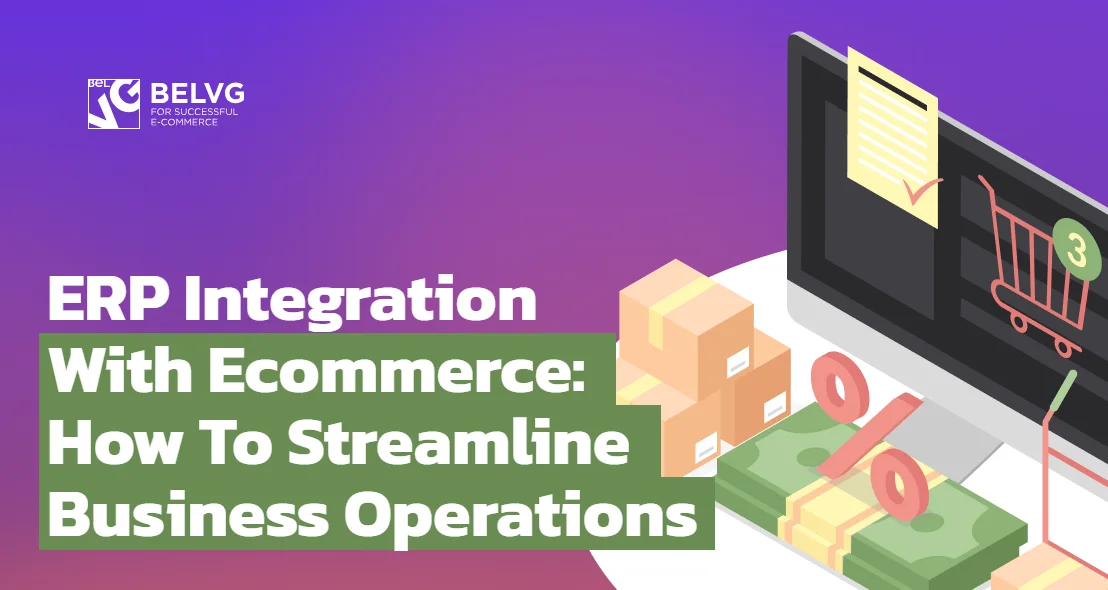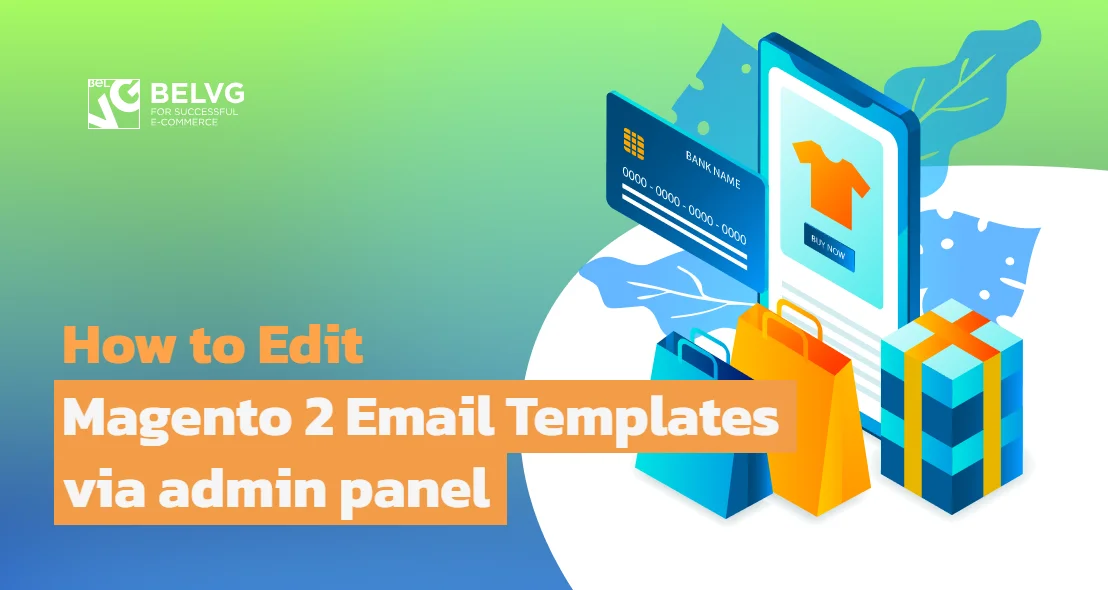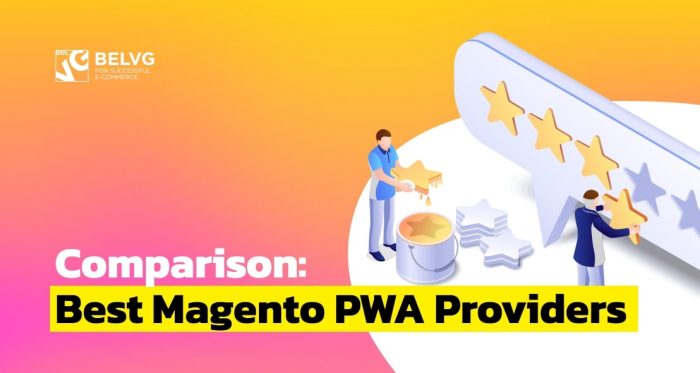The topic, dedicated to one of the most high-demand e-commerce platform Magento, is created to provide users with the latest Magento news. While Magento is listed as having three platforms such as Magento Community Edition, Magento Enterprise Edition, and Magento Enterprise Cloud Edition, we focus on CE and EE that are considered to be the most ultimate types. All the relevant news concerning innovations in Magento Community are published by our certified developers on an ongoing basis. It doesn’t matter if you’re an inexperienced newcomer or an advanced user who have dealt with Magento platform, as everything is explained in an intelligible form. Our aim is to beef up your knowledge regarding e-commerce platform called Magento. For adhering to the key principal, there are many technical articles, reviews, “how to…” tutorials, new modules and themes releases written by professionals. Every week you can find a new post including useful information on Magento features and updates.









